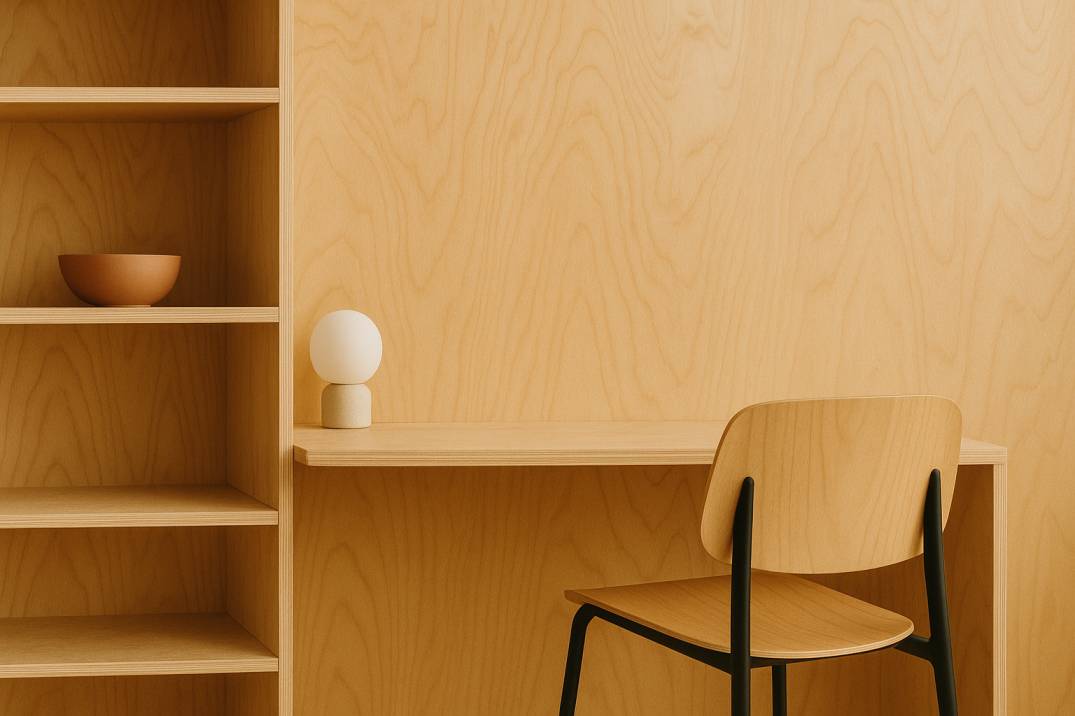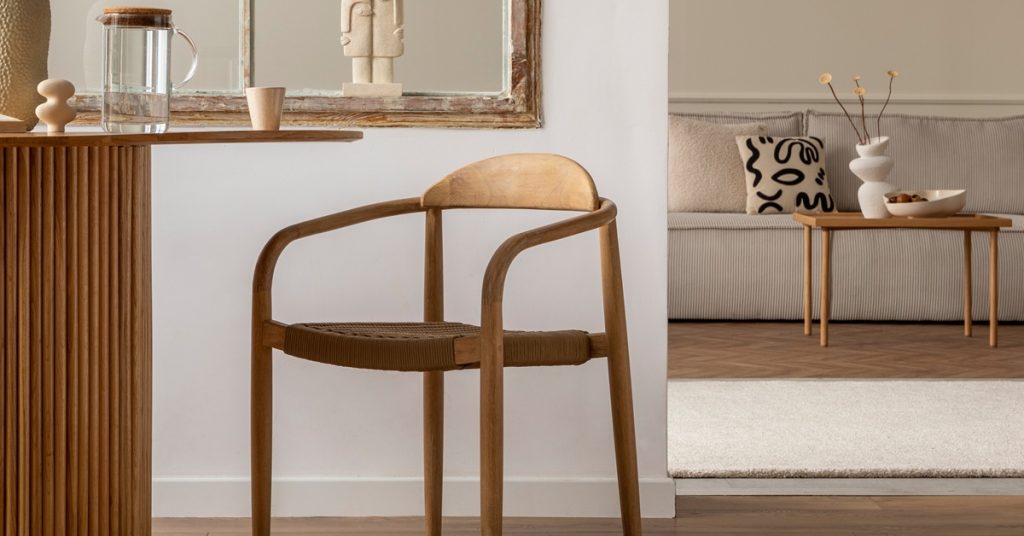
🥇India mein pehli baar - ONLY Calibrated Ply, Life-time guarantee ke saath!

When planning a construction or woodworking project, one of the critical steps is budgeting. Understanding the cost of materials, particularly plywood, is essential to ensure your project stays within financial limits. Estimating the cost per square foot (sq ft) of plywood can help you plan effectively and avoid unexpected expenses. In this blog, we’ll explore the factors affecting plywood costs, how to estimate the cost per sq ft, and tips for staying on budget.
Table of Contents
Toggle
Upgrade your spaces with plywood that blends elegant design, long-lasting strength, and cost efficiency.
To accurately estimate the cost per square foot of plywood for your project, follow these steps:
Know more about choosing the right plywood type and thickness to keep your project both strong and budget-friendly.
Budgeting for plywood projects requires careful consideration of various factors that influence cost. By understanding the types of plywood, measuring accurately, and comparing prices, you can estimate the cost per square foot and keep your project within budget. With these tips and calculations, you’ll be well-prepared to plan and execute your plywood projects efficiently and economically.
Get the best value and quality for your investment. Explore the durable, cost-efficient plywood range from Wigwam Ply today!